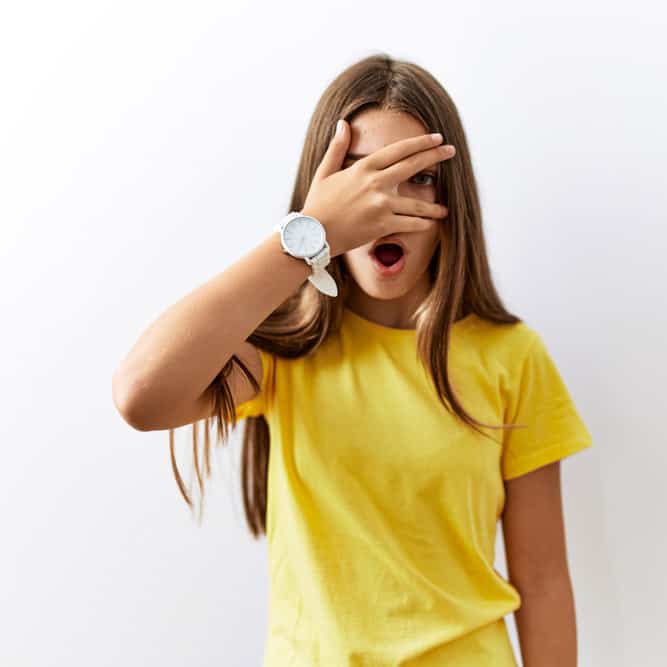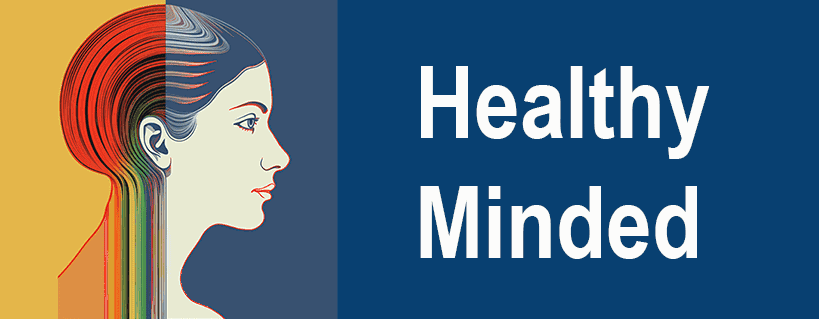Anthropophobia (or ‘anthrophobia’) is an often temporary social phobia, typically involving fear of crowds, eye contact, and receiving judgment from others. It’s defined as a “fear of people” and is common among 13-18-year-olds, for whom the slightest social contact can quickly seem insurmountable.
 Similarly to other specific phobias, we characterize anthropophobia as an intense fear that is not considered in line with the level of risk the situation poses. Individuals with anthropophobia (and other specific phobias) tend to know that their fear is somewhat irrational, yet the symptoms don’t ease.
Similarly to other specific phobias, we characterize anthropophobia as an intense fear that is not considered in line with the level of risk the situation poses. Individuals with anthropophobia (and other specific phobias) tend to know that their fear is somewhat irrational, yet the symptoms don’t ease.
Although similar to social anxiety disorder (and sometimes co-occurring), anthropophobia and social anxiety disorder aren’t the same. The latter involves a fear of social situations, not people in general. In contrast to social anxiety disorder, anthropophobia may not share any relation with social interaction at all.
What Anthropophobia Looks Like: Physical and Psychological Symptoms
The symptoms of anthropophobia include:
- Anticipatory anxiety
- Worries about being watched, making eye contact, or being judged by others
- Shortness of breath
- Heart palpitations
- Sweating
- Tremors/shaking
- Flushed skin
Typically, it is the anxieties that give rise to the physical symptoms. The behaviors that often arise due to an intense fear of people may include avoidance of fearful situations and, in extreme instances, panic attacks.
What Causes Anthropophobia?
Anthropophobia has no one cause, and the trigger isn’t always clear-cut. However, anthropophobia may develop from:
- Experiencing betrayal from loved ones or close friends.
- A family history of anxiety-related disorders
- Imbalanced hormones
- Adrenal gland dysfunction
- Learned behaviors through parental fears
- Alterations in brain function
Anthropophobia vs. Misanthropy: What’s the Difference?
Although both terms are often associated, there is a significant difference between anthropophobia and misanthropy. The latter is often a moral and almost philosophical position of hatred or distrust of humanity. One cannot, therefore, refer to misanthropy as a phobia in the strict sense of the term.

Possible Treatments for Anthropophobia
While there is no ‘cure’ for anthropophobia, some treatment options are available to minimize this specific phobia’s impact on people’s lives.
Psychoanalysis is typically a beneficial treatment approach for individuals with phobias. However, the evidence for its effectiveness with anthropophobia specifically is limited. Psychoanalysis is a traditional form of therapy that involves talking to a therapist 1-1 about your past traumas and working through any potential causes of your current phobias. Psychoanalysis will help to determine the source of the phobia and give the anthropophobic individuals self-help therapies and techniques to face the world better.
Cognitive Behavioral Therapy – a form of 1-1 talking therapy involving focusing on present-day symptoms rather than past traumas – can be helpful, including Ericksonian hypnosis and Natural Language Processing (NLP).
Exposure therapy, a form of Cognitive Behavioral Therapy, has also proven highly effective as a treatment method for specific phobias. Roughly 90% of individuals who consistently practice exposure therapy show a reduction in symptom severity.
Other self-help techniques that may help to reduce anthropophobia symptoms are aerobic exercise, meditation, and breathing techniques.
- Can You Do Hypnotherapy Online? - March 12, 2023
- Beyond Pack-Rat:Hoarding Disorder and Diogenes syndrome - December 14, 2022
- Asperger’s Syndrome in Adults - November 14, 2022
